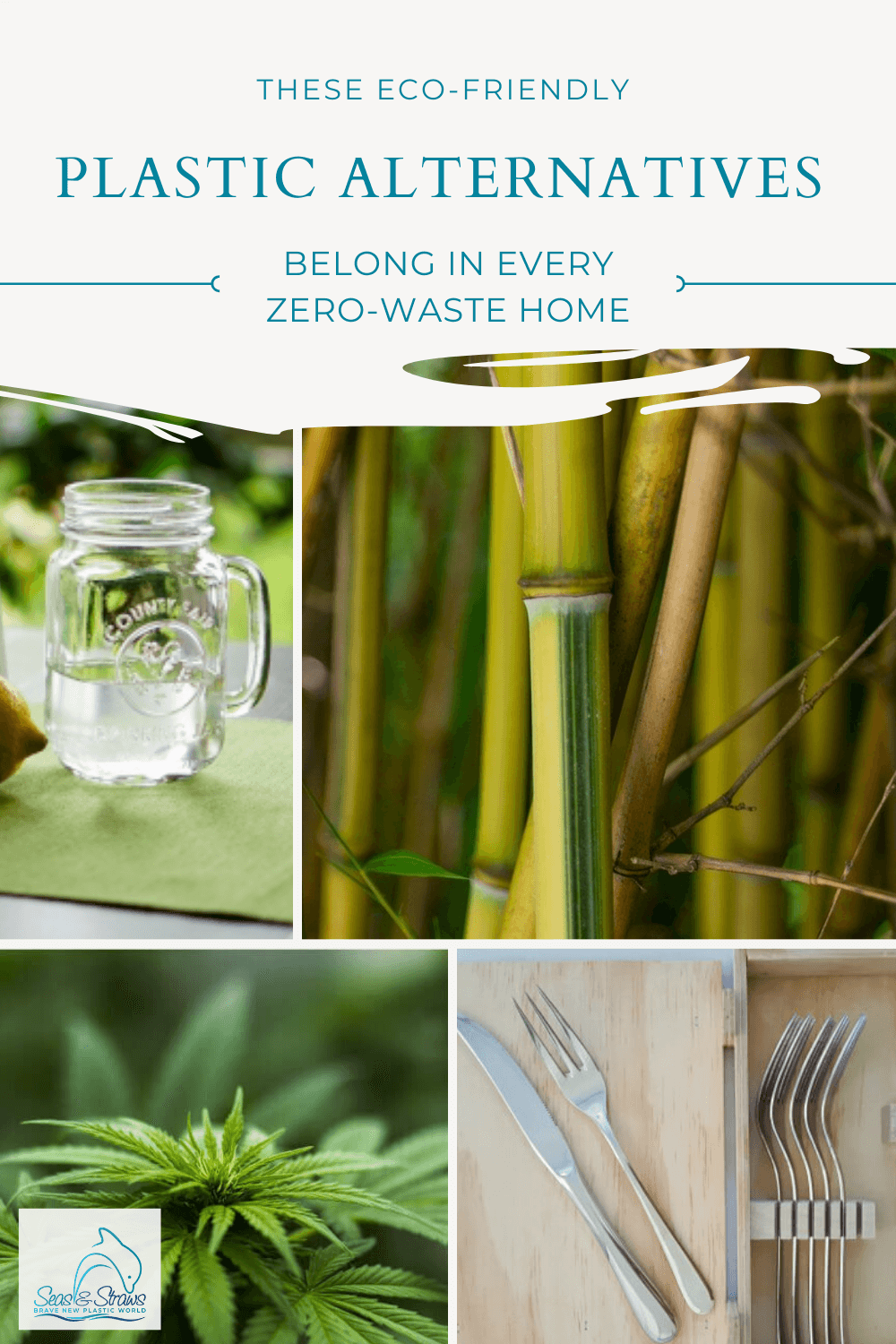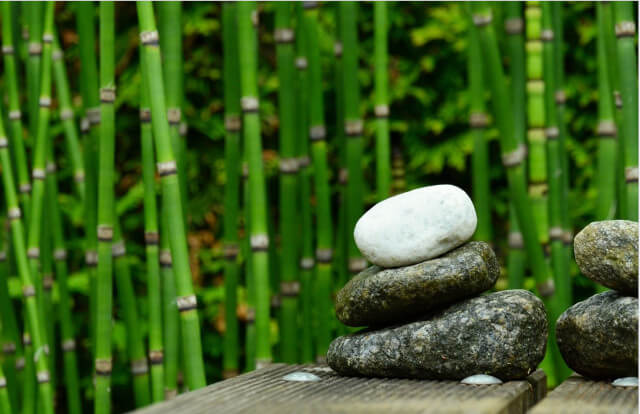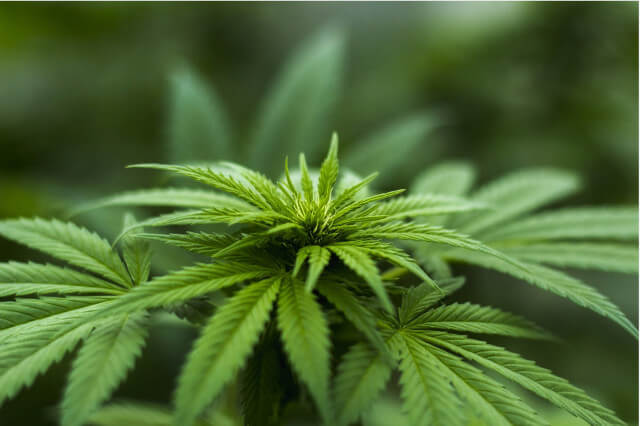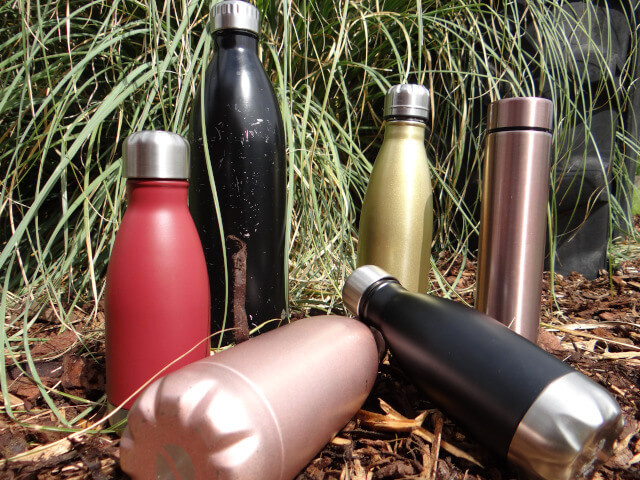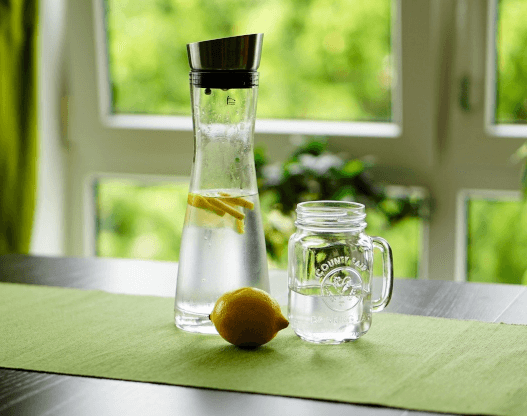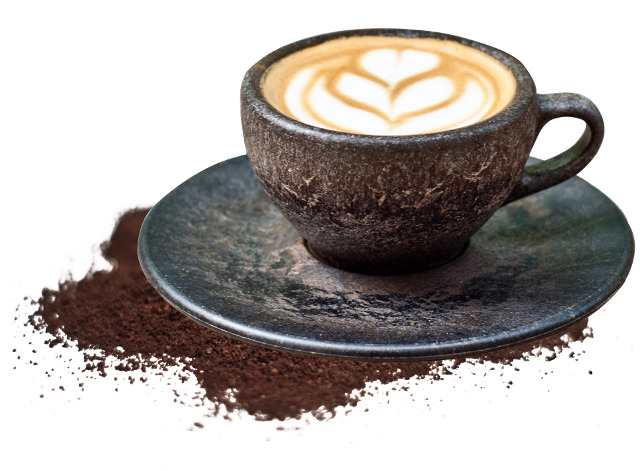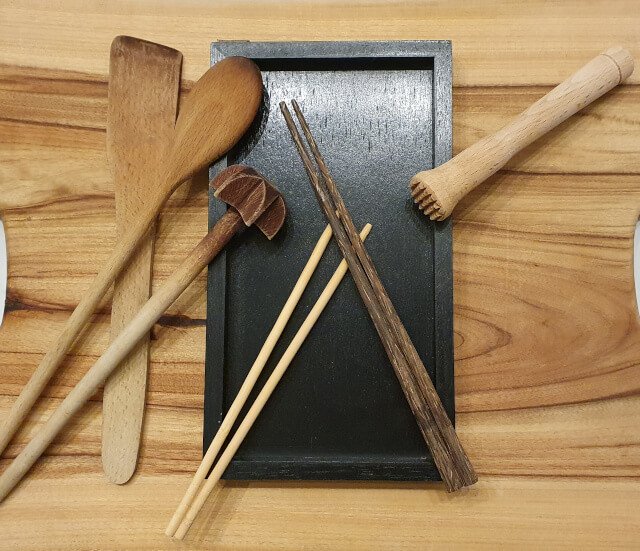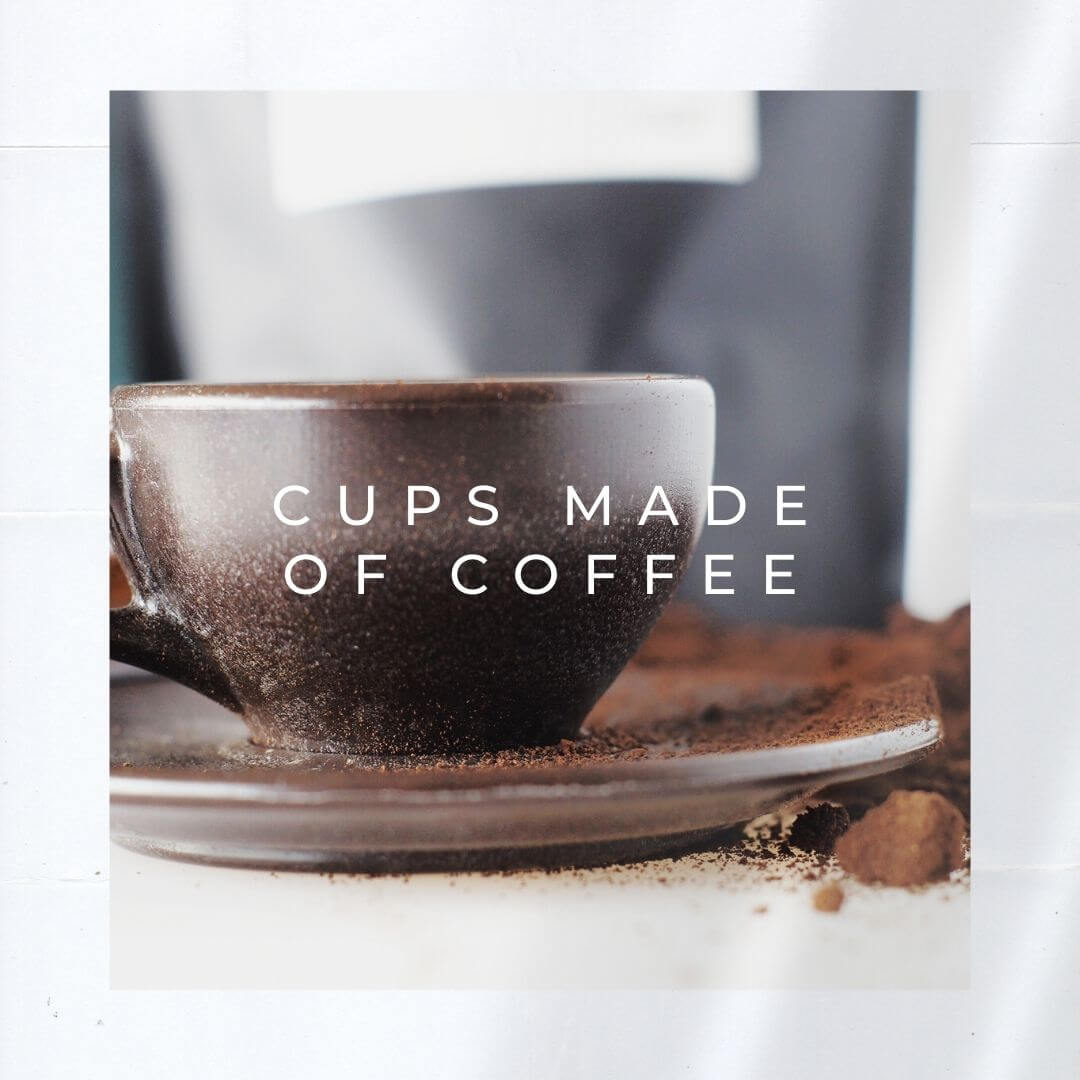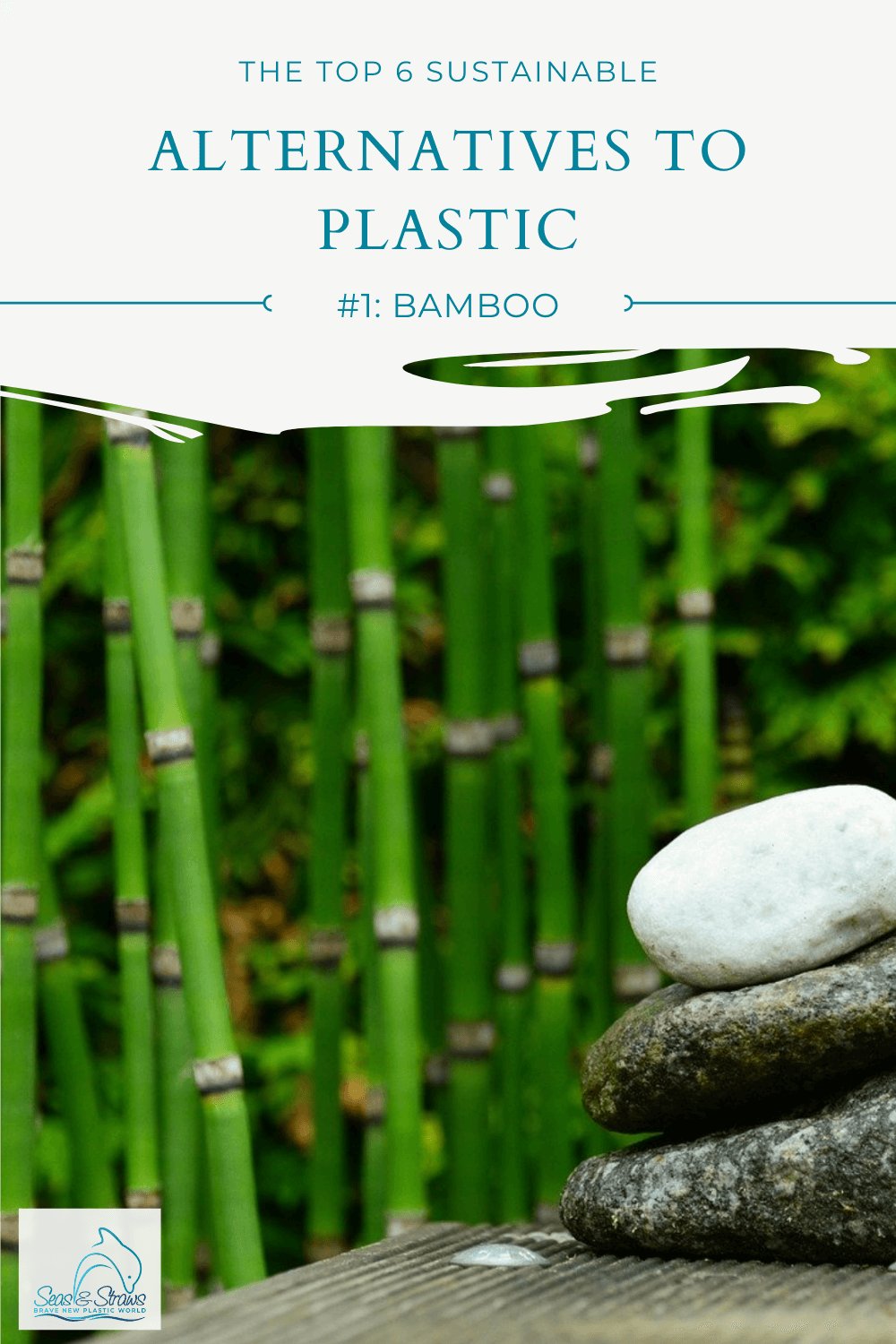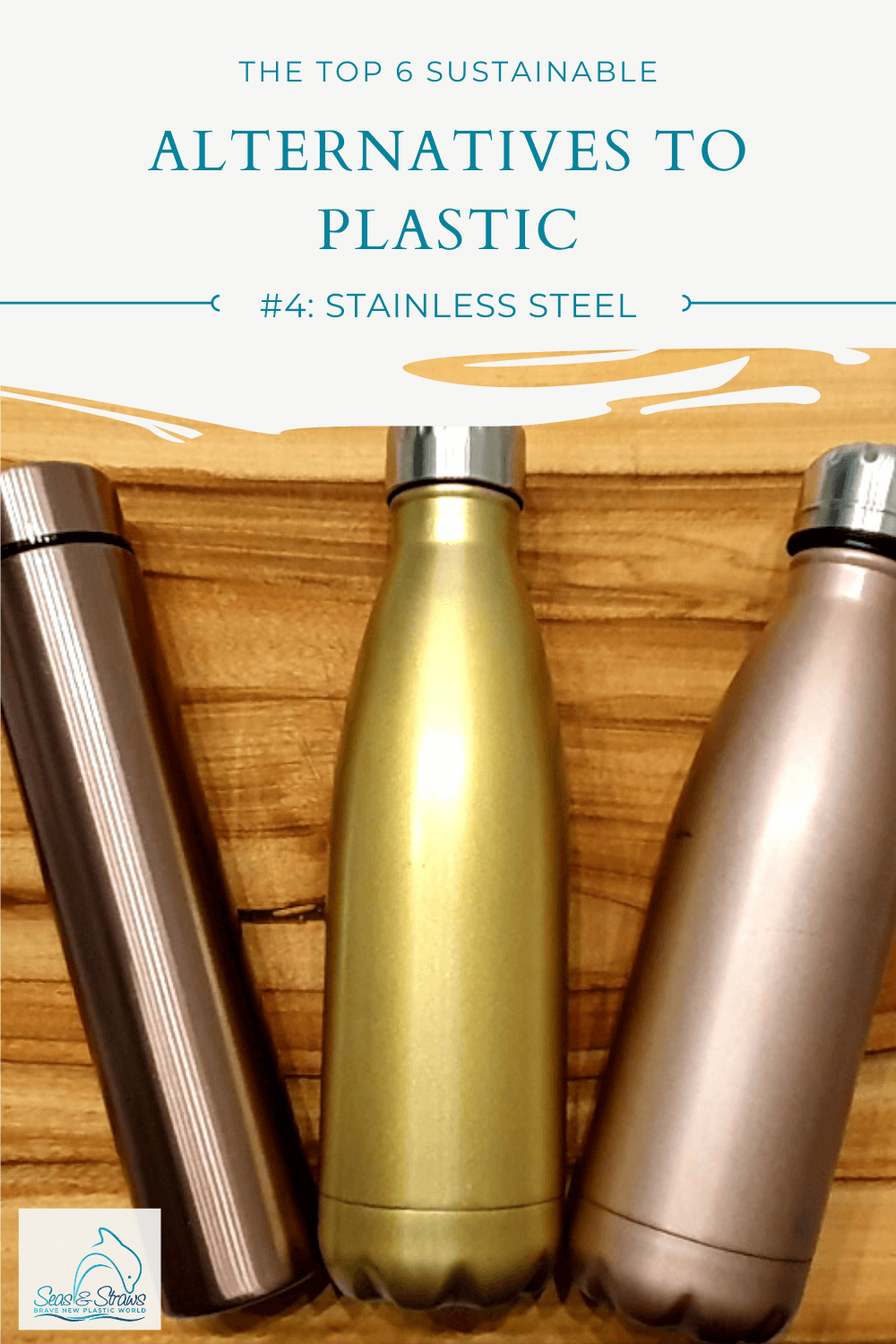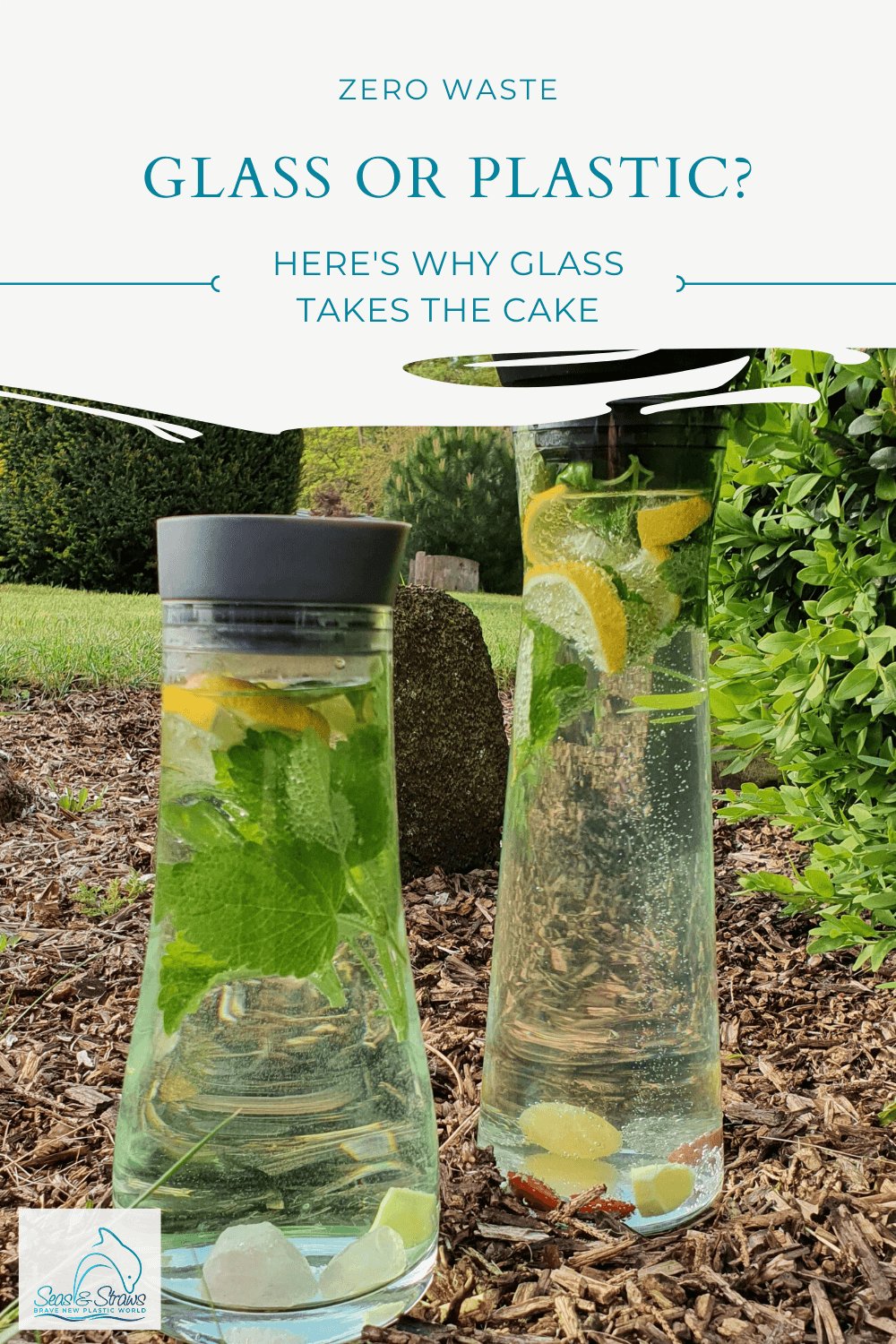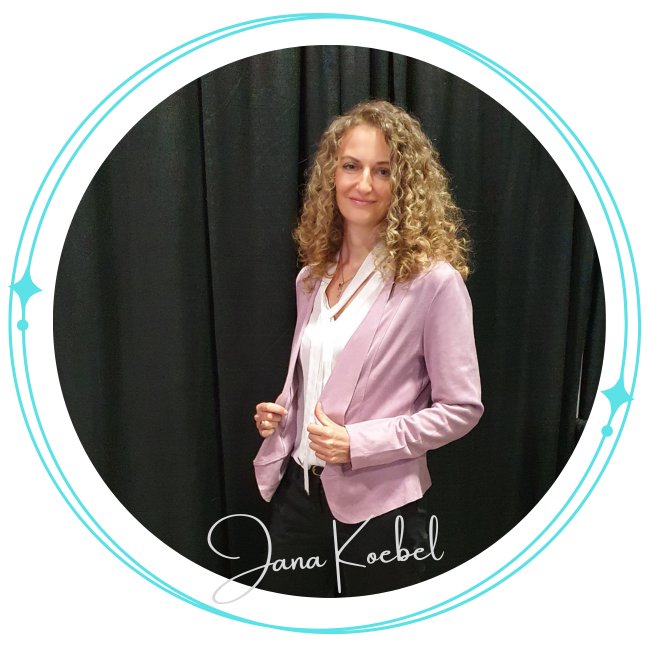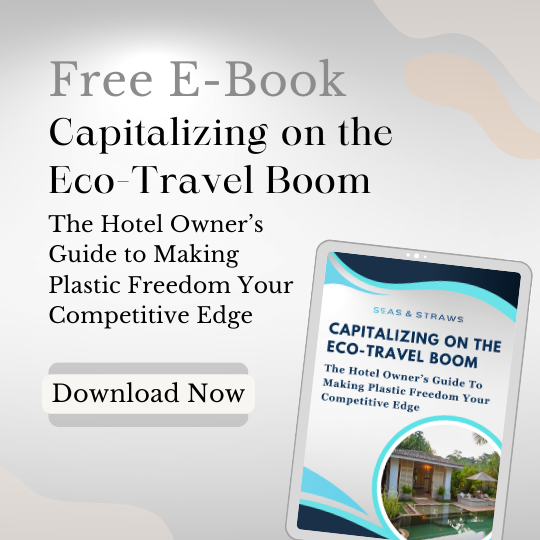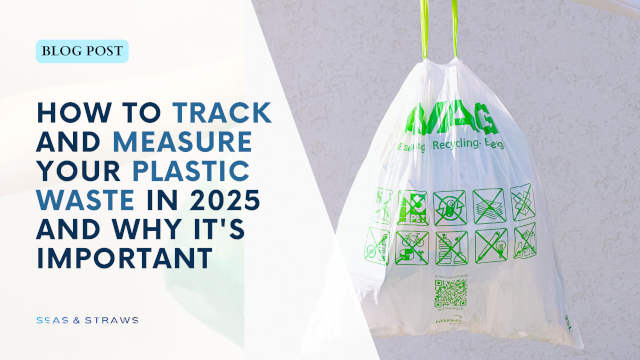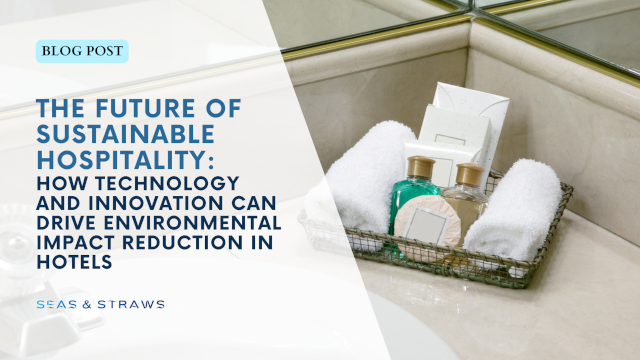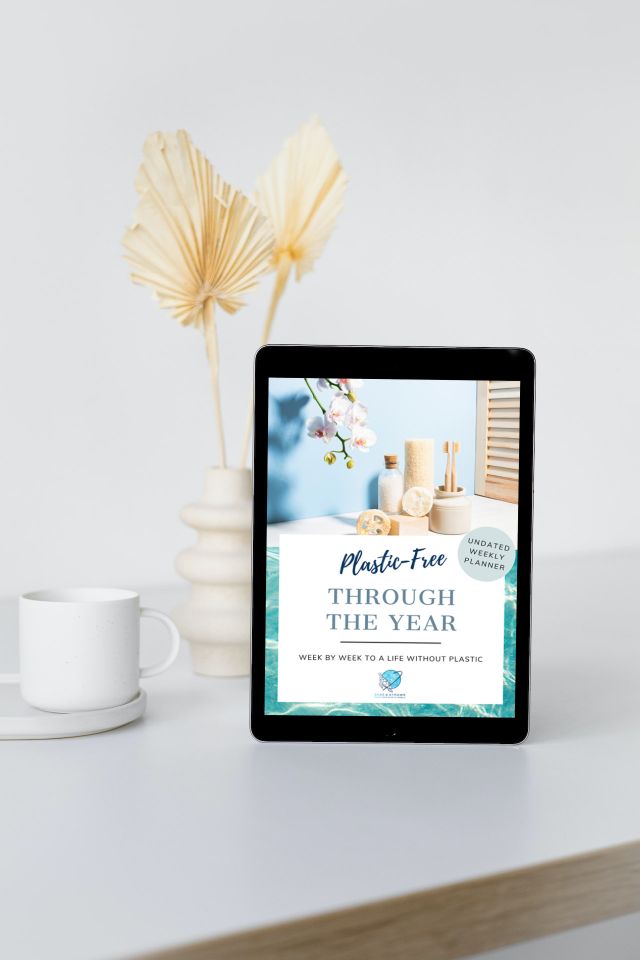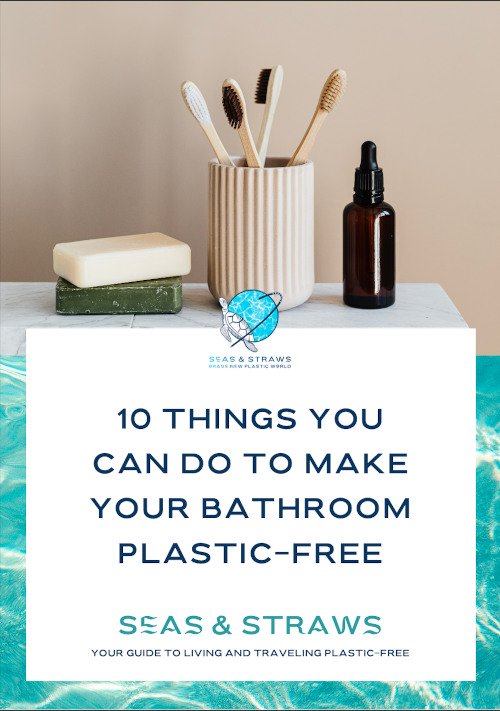- Home
- Plastic Alternatives
The Top 6 non-toxic and sustainable plastic alternatives
Once you open your eyes to the plastics problem, you see it everywhere. I do.
Almost every time I log into my Facebook or Twitter account, I find at least one post about stranded whales, strangled turtles or entangled dolphins. Today, the headline read "World's most endangered turtle found dead with beach chair around neck".
It’s quite depressing. And let’s face it, plastic is here to stay. Production continues to rise year after year. As long as there is oil in the earth, there will be plastic and all our rallying will not change that.
So why am I doing this, you ask? Because not all is lost (yet). Mind you, I am not opposed to ALL plastics. It's an incredibly useful material. I want to draw attention to those items that we use once for a few minutes and then throw into the bin. Like straws and disposable coffee cups. I fight against plastics that are toxic and harm us and the gentle creatures of the sea. Like plastic bottles, styrofoam food containers and microplastic.
In that respect, we can all make a difference, every one of us. Straws, disposable coffee cups and takeout food containers are not more than a convenience. Easy to give up once you open your mind to the possibility of finding alternatives. And alternatives there are plenty. A lot of them are healthier and more sustainable. People begin to realize that. And more and more young startups follow their green hearts and use those eco-friendly materials to invent really cool things. Are you ready to help our battered planet and substitute the evil, toxic plastic?
Let's dive in.
Plastic Alternative #1: Bamboo
Bamboo is my absolute favorite of all the materials I’m listing here. It’s a natural resource like wood but so much more sustainable. Bamboo grows incredibly fast (depending on the species up to one metre per day!), so it recovers quickly and can be used in larger quantities.
Since it is a plant, not a tree, it does not die when the individual canes are cut. It continues to grow and can be harvested every three to five years. A tree, on the other hand, needs up to 80 years to grow and dies when cut down.
The plant is very resilient so that few pesticides are needed which is much better for the environment.
Bamboo is lightweight but strong, durable and versatile and can be used for anything from building homes to bicycle frames to toothbrushes, plates, cutlery and straws.
It might just be the new superplastic.
Click here to learn everything about bamboo and why I think it is the new superplant for a sustainable future.
Plastic Alternative #2: Hemp
Hemp, or cannabis sativa, is one of the most versatile plants on the planet. Like bamboo, it is a plant, not a tree. So it can be harvested all year around and still continues to grow. It grows quickly, needs little space, very little water and no fertilizers, which makes it an organic, non-toxic and compostable alternative to plastic.
In addition, it's about twice as strong as polyethylene plastic and much more light-weight.
Hemp can be used for a wide variety of applications from food to fuel, clothes and cardboard products.
So you see, hemp can be used for much more than recreational purposes only.
Click here if you want to learn more about the benefits and the different applications of hemp.
Plastic Alternative #3: Stainless Steel
Stainless steel is a safe choice for mixing bowls or salad bowls, straws, lunch boxes or drinking bottles. Great for storing leftovers in the fridge. Unlike plastic, it is not known to leach anything toxic into the food. It is heavier than plastic but lighter than glass and does not break as easily. It is also highly durable and recyclable. I have a few insulated water bottles that keep my drink cold for 24 hours and hot for 18 hours. I love them!
If you go for stainless steel, make sure you choose food grade items, labeled 18/8 or 18/10. These are higher quality and safe for food. Be aware, too, that some food containers or water bottled are lined with bisphenols (BPA or other) or actually made of aluminium.
Click here to learn everything about the benefits and versatility of stainless steel.
Plastic Alternative #4: Glass
Glass is a great substitute for plastic. It is made of silica (which is sand) and, unlike fossile fuels, there is still enough of that on our planet. The material is 100% recyclable and can be recycled endlessly. So a glass bottle can be made into a glass bottle again and again, whereas most plastic items cannot be recycled at all and end up in landfills or in the ocean.
You may argue that the ecological footprint of producing new glass is much larger than plastic, and that is true. But reusing a glass item three times lowers its impact on the environment to that of a plastic one.
Glass is also much cleaner. It does not have a porous surface, so it neither absorbs smells and flavors from the food nor does it leach any toxic chemicals into it. It is completely safe for hot and cold foods and can be used as salad bowls, drinking bottles and storage containers. There are also beautiful glass straws available.
However, glass is heavier than plastic and stainless steel and more easily breakable. Be careful when you have small kids around.
Click here if you want to know what glass is capable of.
Plastic Alternative #5: Coffee
Yes, correct. Coffee is much more than just your favourite drink in the morning. In fact, the used coffee grounds are a precious resource that can be recycled and made into cool new products.
There is a company called Re-Worked that makes furniture from coffee waste and recycled plastics.
A Taiwanese clothing company makes recycled coffee grounds into odor-neutralizing sportswear which also dries fast and protects against UV.
And the German startup company Kaffeeform created a series of coffee and espresso cups entirely from recycled coffee grounds. I found them in a coffee shop in Vienna. They look absolutely beautiful!
Click here if you want to learn more about how Kaffeeform makes cups from coffee.
Plastic Alternative #6: Wood
Wood is a natural material and biodegrades completely. It makes good cooking spoons and cutting boards but can be used to build literally anything like homes, furniture, fences and toys. It’s a warm, comfortable, non-toxic material and has antibacterial properties, which is why I would always prefer a wooden cutting board over a plastic one.
The downside is that wood is not sustainable. Not anymore, those times are over. In our days, we cut down far too many trees, and we all know that they are never replaced. Therefore, although I love wood, I do not consider it a renewable source and will not offer it on my website. Why not go with bamboo instead? :-)
Plastic Alternative Bonus: Ceramic
Ceramic is highly versatile and usually safe to use. You can buy vases, statues, mixing or salad bowls, dishes and serving spoons. Most ceramic items are beautifully colored and will be a highlight at every garden party. That color might be a concern, though. Some glazing can contain lead or cadmium, so always check with the manufacturer. Ceramic is also not recyclable, which is a big downside.
Is PLA a Viable Plastic Alternative?
PLA, or bioplastics, looks like conventional plastic but is often made from corn or sugarcane. Because of that, it is naturally BPA and phthalate-free, making it a less toxic plastic alternative with regards to food safety. It is also biodegradable under certain circumstances.
However, PLA does have a few significant disadvantages. Above all, there are great environmental concerns that make bioplastics unsuitable for large-scale use.
Click here if you want to learn more about the advantages and disadvantages of bioplastics.
What about Silicone?
Silicone exists in rigid or in flexible form and is used for baking mats or cups, ice trays and spatulas. Due to their flexibility and heat resistance, it is a famous baking utensil.
Silicone is not plastic per se (it's kind of a hybrid between synthetic rubber and synthetic plastic polymers), but it possesses a lot of its characteristics. For one, it's not a natural material, so, like plastic, it is not biodegradable and in most cases not recyclable. Not much is known about its safety yet but it has a porous surface so it's quite possible that it, too, leaches chemicals into the food or beverage.
For me it's reason enough to be suspicious
It's your turn
What about you? Did I raise your interest about healthy, natural and biodegradable alternatives to plastic? Will you try one or two of the suggested products? Or did you already say NO to single-use items? If that is so, what are your favorite eco-friendly materials?
Let me know in the comments below which objects you ditched and which ones you cannot live without.
Looking for sustainable products you can use with a good conscience? In this section I present you tried 'n true sustainable (or not so sustainable) products I have tested and my honest opinion about them.
